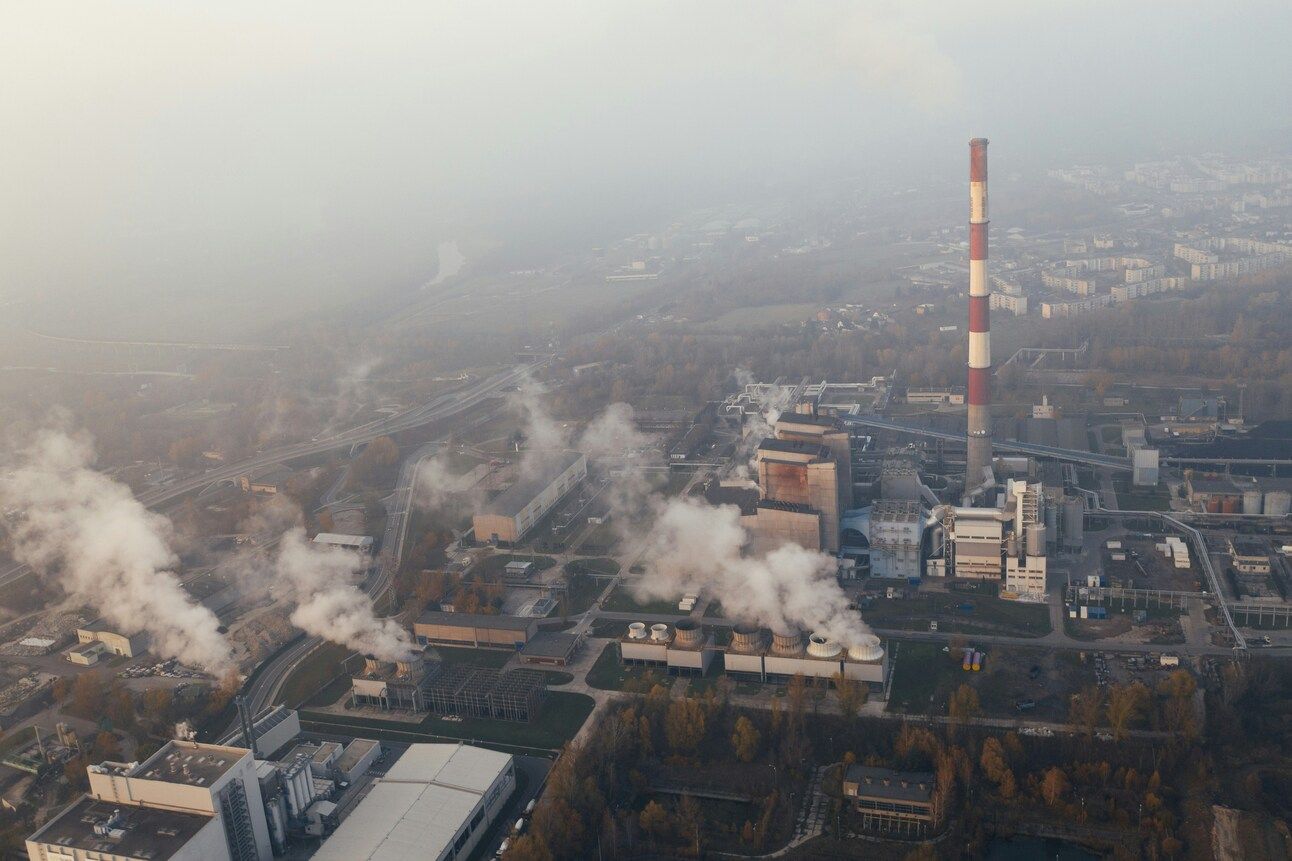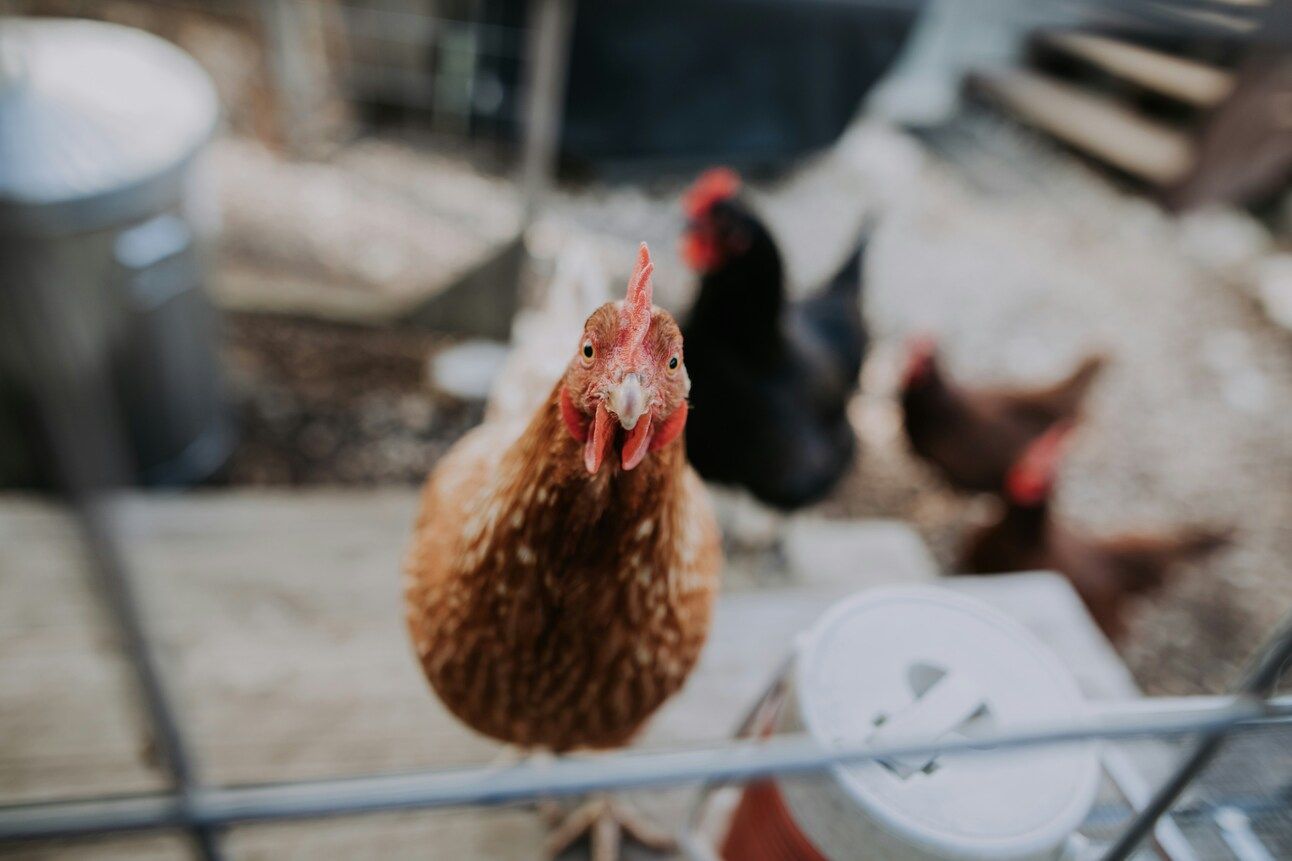- Soma Mater's Newsletter
- Posts
- SOMA MATER Weekly Newsletter
SOMA MATER Weekly Newsletter
Welcome to the SOMA MATER Weekly Wewsletter.
At SOMA MATER, we specialize in delivering comprehensive research and advisory services with a focus on Food & Water Security and Net Zero Transition in the MENA Region. In order to support our subscribing clients in navigating these topics and understanding the regional narrative, we produce monthly Food and Water Security and Net Zero Transition Intelligence Reports, along with our in-depth analysis and insights.
This weekly newsletter highlights the top 3 stories from the past week in Food and Water Security and Net Zero transition, along with SOMA MATER's analysis and perspective.
What are some of the key challenges and progress in addressing climate change as COP29 approaches?
What are some key features of Al Watania Poultry's new cooling plant in the Middle East?”
How are Abu Dhabi National Oil Company (ADNOC), Masdar, and Microsoft collaborating to leverage AI for the global transition to net-zero energy?
Sustainably yours,
The SOMA team
COP29: Bridging the Chasm Between Climate Ambition and Action
#NetZero

Climate reports indicate we're not meeting our global climate goals as COP29 approaches. Emissions are projected to decrease by only 2.6% by 2030, significantly less than the 40% reduction needed. Our current path leads to nearly 3°C warming by 2100, far exceeding the 1.5°C limit to prevent severe impacts. UN data shows greenhouse gas levels at record highs, with CO2 51% above pre-industrial levels. Despite these challenges, some regions are seizing opportunities. Oman is tapping into its solar and wind resources to promote sustainable development.
The MENA region has made significant progress in addressing environmental challenges. Countries like Saudi Arabia, the UAE, Morocco, Egypt, and Oman are leading with numerous renewable energy projects and environmental initiatives. Saudi Arabia has developed multiple solar and wind farms, establishing 11.4 GW of renewable energy capacity, and implementing various measures to reduce emissions and combat desertification. The UAE has launched projects such as the Mohammed bin Rashid Al Maktoum Solar Park and the Barakah Nuclear Energy Plant, while expanding the Mangrove National Park in Abu Dhabi using innovative drone planting techniques.
COP29 is becoming a crucial moment to reshape collective approach. Leaders must commit to bridging the gap between ambition and action by setting and achieving aggressive short-term targets across key sectors. This summit must serve as a platform for clear, cooperative strategies that prioritize measurable outcomes.
SOMA’s Perspective:
While global emissions reduction targets are falling short, countries in the region are demonstrating strong commitment towards meeting their climate goals. The initiatives in Saudi Arabia, the UAE, Morocco, Egypt, and Oman showcase a serious investment into renewable energy development and environmental conservation. The region has the opportunity to get ahead in the Net Zero transition and we hope these efforts become the examples to follow.
Source:
Chilling Out: Saudi Arabia's Poultry Industry Gets an Upgrade
#FoodAndWaterSecurity

Al Watania Poultry, a global leader in poultry production, has unveiled the Middle East's largest cooling plant, with a capacity of 17,700 kW. The company is a already major player in KSA, providing nearly a third of the poultry consumed in the country.
This project aims to increase freezing capacity by implementing energy-efficient systems that replace older setups, cutting down on power consumption. It will feature an automated slaughterhouse capable of processing 36,000 birds per hour. Its technology allows for dynamic adjustment of cooling and freezing levels, enhancing the efficiency of operations. Al Watania Poultry is also working to collaborate with companies to implement biofiltration technology to reduce the environmental impact of their operations. It is also working with the Ministry of Energy and the Saudi Electricity Company to integrate its operations into the national grid.
Industrial poultry production demands significant energy for precise temperature control. Maintaining optimal conditions for chicken growth leads to high, climate-dependent operating costs. Climate change is expected to increase Heating, Ventilation, and Air Conditioning (HVAC) energy needs in commercial broiler production. In 2022, industry was already KSA's third-largest energy consumer at 25.3%, with natural gas comprising 53% of the sector's total consumption.
SOMA’s Perspective:
The unveiling of the Middle East's largest cooling plant by Al Watania Poultry highlights a critical challenge in the region's industrial growth: the increasing demand for energy-intensive processes. While this development showcases the growth of the poultry industry in Saudi Arabia, it also underscores the urgent need for sustainable energy solutions. SOMA MATER's long-standing emphasis on the role of renewable energy sources in achieving sustainable industrial growth is demonstrated in this project. The one concern SOMA continues to have of the MENA region is the lack of refrigerant gas regulation which presents a hidden carbon challenge to all countries heavily reliant on HVAC and cold chain logistics.
Source:
Tech Matchmaker: When AI Meets Net Zero Transition
#NetZero

In a recent report titled "Powering Possible: AI and Energy for a Sustainable Future," Abu Dhabi National Oil Company (ADNOC), Masdar, and Microsoft unveiled a roadmap for leveraging artificial intelligence (AI) to accelerate the global transition to net-zero energy. The report draws insights from a survey of approximately 400 global leaders across various sectors, highlighting key areas of collaboration between the energy and technology industries.
The report emphasizes the critical role of AI in transforming the energy sector, projecting that AI could contribute between $1 trillion to $7 trillion to the global economic output by 2030. It outlines strategies for tripling renewable energy availability, enhancing grid resilience, reducing methane emissions, and optimizing carbon capture and storage. The authors stress the importance of increasing collaboration between tech and energy companies, investing in AI-driven solutions, expanding grid capacity, and developing a skilled workforce to leverage AI effectively.
ADNOC is already implementing AI-based solutions for environmental challenges, including a pilot project AI-powered methane detection technology and real-time flare monitoring. These projects showcase AI's practical applications in reducing emissions and enhancing operational efficiency, supporting a sustainable energy future.
SOMA’s Perspective:
AI is increasingly becoming a concrete tool for sustainability, rather than only a concept. This report exemplifies how the integration of AI into energy and sustainability sectors is becoming increasingly impactful. By leveraging AI for renewable energy optimization, grid resilience, and emissions reduction, the energy industry is widening its horizons for significant improvements in energy efficiency and environmental performance. The challenge is with the further cost of research development, many tech companies are pushing back their transition goals, with some companies like Microsoft, initiating mega-deals that involve restarting old nuclear power plants to support AI energy requirements.
Sources:
SOMA MATER is writing Intelligence Reports on the topics of Food and Water Security and Net Zero Transition. If you’d like to know more, contact us through the link below: